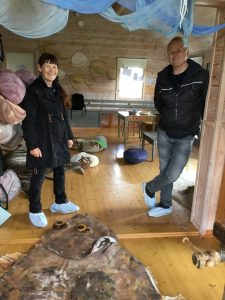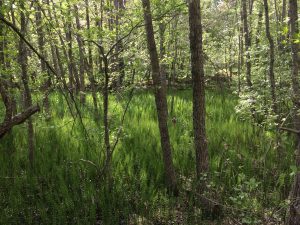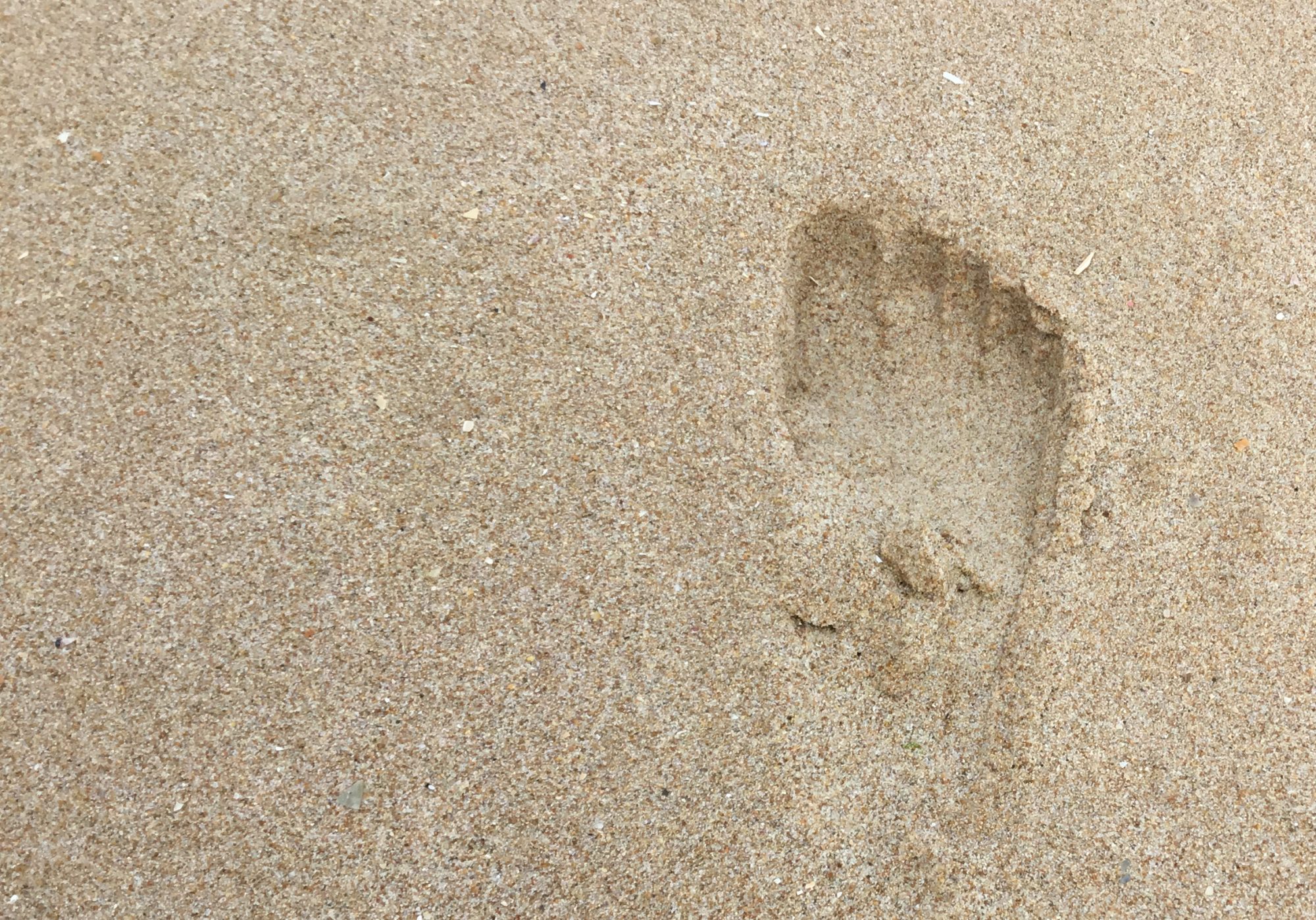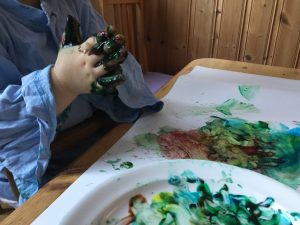The most fruitful research and development takes place in collaboration. New ideas do not only emerge from individual thinking, but also from hours of deep discussions. SUSTE is a terrific example on this. However, in this blog contribution I will not tell about Ann-Christin’s, Hannah’s and my common undertakings, but about another collaboration, which is also related to SUSTE in many ways.
All the spring semester this year, I was lucky to host two Norwegian research colleagues, Tuula Skarstein and Frode Skarstein, both from Stavanger University. They were my guests at the University of Helsinki. In the previous autumn I spent a week at their university, and visited Norwegian preschools in company with Tuula. Already then we three devoted many hours discussing our common research interest.
Common interest in science education
All three of us are lecturers in science education, and the target is both early childhood student teachers and student teachers on higher educational levels. However, the research we developed together in Finland focused especially on two topics: early childhood education in the Anthropocene and species training among early childhood student teachers. I will tell more about the Anthropocene research in another blog text about the ECER conference, and below concentrate on species training and other collaborative interests.
Tuula and Frode already had developed and studied training in species knowledge among Norwegian students, now we wanted to explore together how willing the early childhood teacher students in Helsinki would be to learn species. Since the students that we studied were very positive to the whole idea, we gave it a try and I included species knowledge in my course by help of Tuula. Afterwards, we studied through multiple methods how the students had experienced the learning. Finally, we combined our studies in Finland and Norway to receive a most realistic picture of if it was any idea to train early childhood teacher students to recognize and know species. We presented this study in EECERA (see the previous blog by Ann-Christin) in Thessaloniki and the audience raised many questions and was eager about our findings. This autumn we are completing an article for the journal Sustainability, where we will tell more about the results.

Sustainability education and biodiversity
During Tuula’s and Frode’s stay in Finland, we also organized a seminar for Finnish and Norwegian teacher educators about sustainability in teacher education. The first day was located at the Siltavuorenpenger campus with various interesting presentations on the topic by researchers from both Finland and Norway. The second day the participants visited the preschool Kippari in Espoo. The host for this visit was the preschool teacher Outi Aarnisalo. This was a strategic choice, because Kippari has a strong environmental and sustainability profile, and Outi has been one of the promoters for years.
My collabaroation with Outi Aarninsalo started in 1995 in the framework of the Nature House Villa Elfvik’s biodiversity project Lumoaako lumo. This project included 10 schools and 18 preschools in Espoo, among them Kippari. Later in 1999 our collaboration continued in a second Espoo project, KOVA (comprehensive teacher training in environmental education) with 23 preschools as participants. This second project was initiated by a handful preschool teachers in Espoo. The history shows that environmental education and sustainability in early childhood education has a long history in Espoo. When I initiated the LUMO project I was surprised and happy that so many preschools directly showed an interest in the topic biodiversity. One of Tuula’s, Froode’s and my attempts in our present research is to offer species knowledge a role in early childhood teacher education. An important goal with that is to increase the understanding of how humans depend on biodiversity and need to prevent its loss.
Education in practice
The researcher guests also took part in practical education. Frode held a lecture on digital tools for my Finnish colleagues. Tuula was a co-teacher on a few of my lectures and also participated as a teacher in our field studies and visits, for example to the Ympäristökoulu Polku (environmental school) owned by Kierrätyskeskus’ (Reuse Centre) and to the Nature House Villa Elfvik in Espoo. Together with Tuula we led a whole field study day at Villa Elfvik starting in the early morning with bird watching. The planning officer Katri Luukkonen presented the Nature House’s learning programs for early childhood groups. Ann-Christin (from SUSTE) took part as an observer this day.
Our students were enthusiastic about how much this day offered of experiences on how to engage children in nature activities. This day it also became obvious for them how fun it is to know species, because they obviously recognized so much more when they were outdoors than before the training.
Frode and I also had a possibility to visit Harakka Nature Centre on an island close to Helsinki. We had good guiding from the chemistry teacher Asta Ekman. Both in the many interesting buildings and by a walk around the island, we received an exciting picture of the nature school education on Harakka.

This was a few examples on how we spent the spring semester together in a Finnish/Norwegian collaboration. Tuula and Frode also participated in meetings with SUSTE’s support group and other activities at the faculty, like research events and conferences. Not to forget that Tuula, Frode and I spent man interesting moments discussing post humanism in relation to early childhood education. In sum it was a fine beginning of our joint research, and I am grateful to the time we could spend together in Helsinki. Thanks Tuula and Frode!





